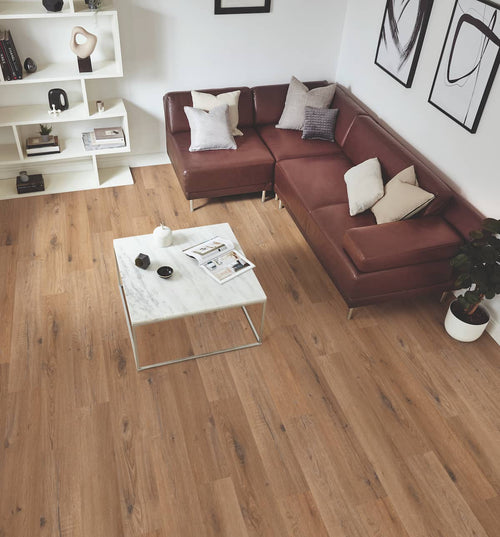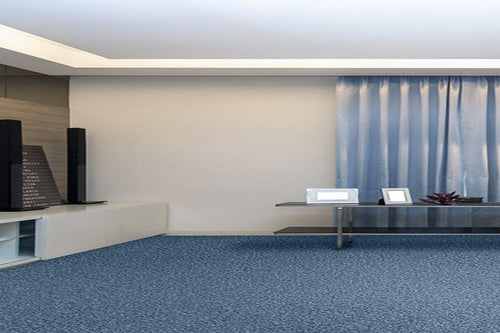It's a term that many people haven't heard of, and is often mistaken for a type of floor in itself, but really it's just the method used to install one.
So what is a floating floor? Simply put, a floating floor is any floor which doesn't need to be nailed or glued down to the subfloor. In almost all cases, a floating floor system refers to engineered wood or laminate boards installed on top of an underlay. It is the underlay - along with the locking mechanism in the boards - which keeps the floor stable and in place.
There are several advantages to a floating floor. Probably the most obvious advantage is that it's an incredibly convenient form of installation. It's quick and easy to install the tile or boards as they simply click together over an underlay, which makes it perfect as a DIY job by homeowners (although there's no shame in calling in a professional!). An underlay can also be laid directly over concrete, which gives it an obvious advantage over nailed boards.
Underlays have an extra benefit of offering excellent heat and sound insulation for your floor. This is ideal for keeping your home cosy and your footsteps quiet - which is much harder with glue-down flooring. If you're installing a floating floor over underfloor heating, however, there are thin underlays available which allow the heat to pass through.
Is it the best form of installation? Not always. For one, you can't install a floating floor directly onto joists. If you're hoping to do this, you'll need to fix a 18mm+ thick sheet of plywood to the joists to create a flat, solid surface for the underlay. For most LVT and parquet floors, you'll need to glue the blocks or tiles down. However, if you're looking for a simple, versatile form of installation which can be done without the help of a professional, then a floating floor system is probably the best bet for you.


